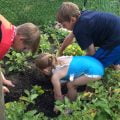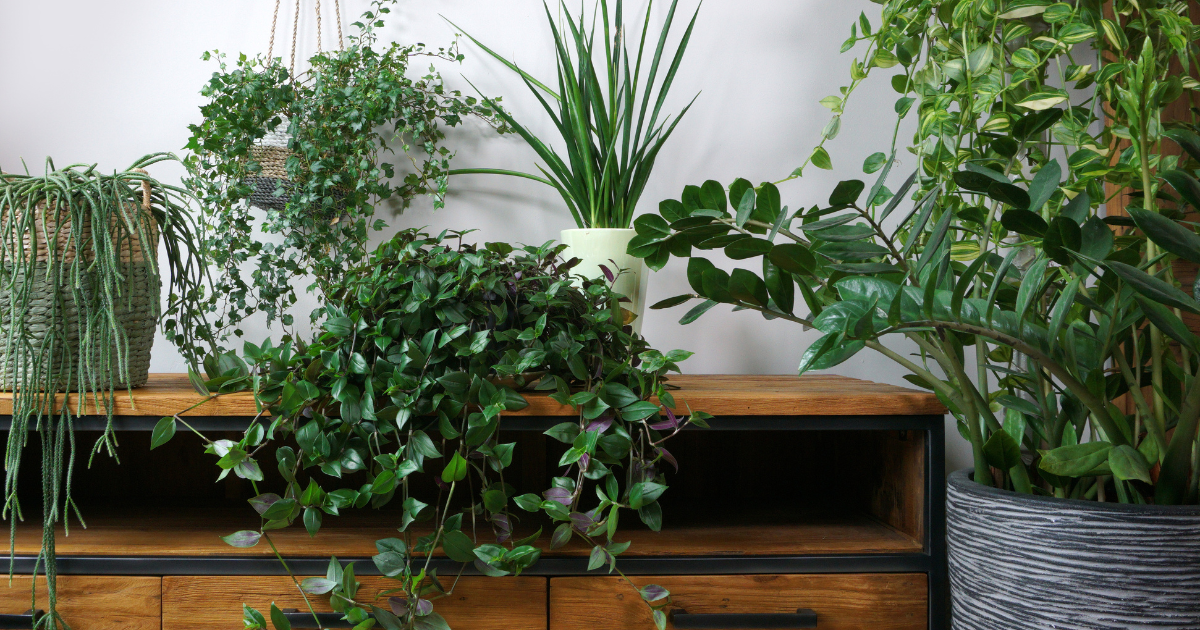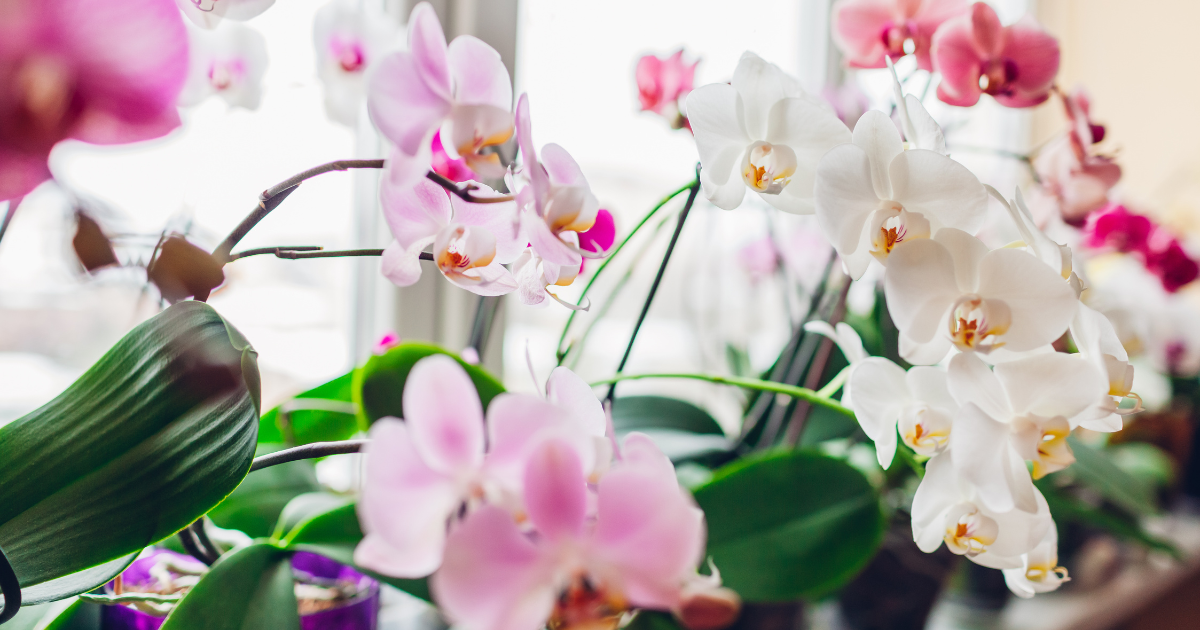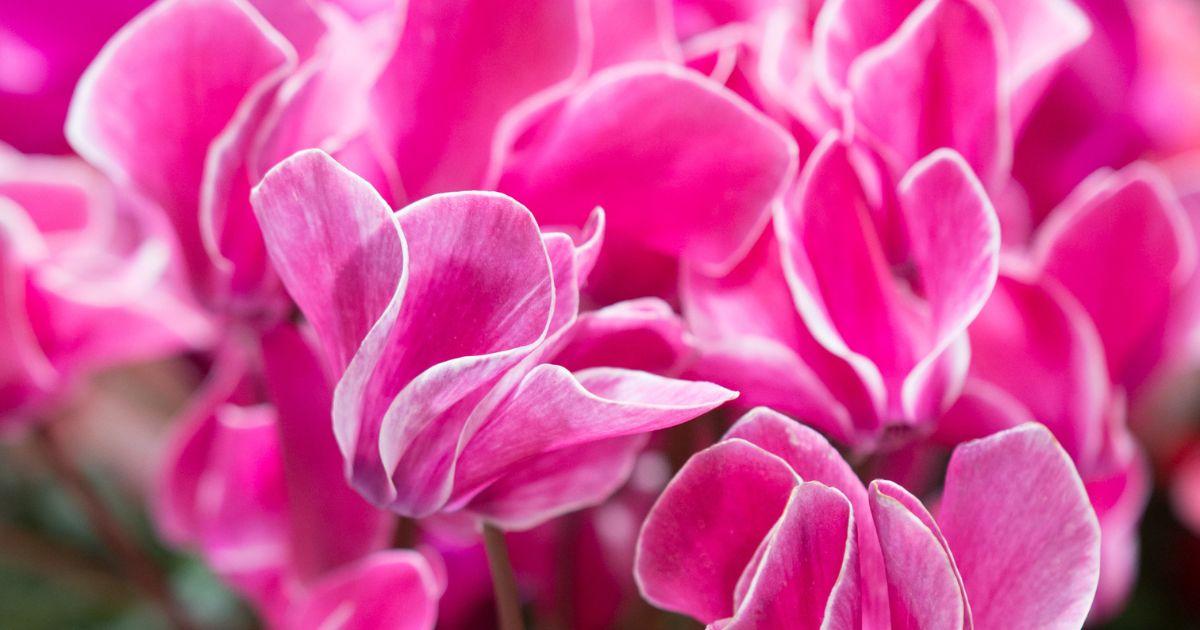
Goldenrod (Solidago)
Indeed, this former weed is now desired by gardeners as a host plant for more than 115 butterfly and moth species, 35 known bee species, and the humble Goldenrod gallfly, which makes its home in the stem, creating the recognizable galls which house tasty snacks for birds. Not to mention, its late
summer golden flowers are quite beautiful! It is worth reminding folks that golden rod is not the culprit for common allergies, as it is often confused with ragweed.

Purple Coneflower (Echinacea purpurea)
This plant should be a default for its attractive flower, supreme drought tolerance, and native ecological value. It can take a little while to get established, but once it is in the mix, it is a reliable performer.


Daisies (Bellis perennis)
While generally not native to Canada, they are widely naturalized and fed upon by our various native pollinators. Familiar, charming, and easy to grow in a perennial wildflower garden.

Tall Ironweed (Vernonia gigantea)
This is another wildflower with a name that doesn’t do it justice. It does well in wet areas, and various butterflies love it.
Sundial Lupine (Lupinus perennis)
This variety is the only native lupine to Ontario and all of eastern North America. It works well in a meadow as it blooms in early June and is the exclusive host to the endangered Karner Blue butterfly. Be careful to select a true native seed source, as many hybrid varieties look similar but have no service value to the Karner Blue.

Spiked Blazing Star (Liatris spicata)
This tall perennial works well in a dense meadow to attract
bees, butterflies, and even hummingbirds to its feathery native flower spike. Long blooming and
adaptable to various soil conditions, it calls for automatic inclusion!

Lance-Leaf Coreopsis (Coreopsis lanceolata)
This sunshine-hued beauty is another strong choice for any perennial wildflower meadow and another native species. Works well in dry, rocky, and poor conditions — blooms early and blooms long.
Mark Cullen is an expert gardener, author, broadcaster and tree advocate
and holds the Order of Canada. His son, Ben, is a fourth-generation
urban gardener and a graduate of the University of Guelph and Dalhousie
University in Halifax. Follow them at markcullen.com, @MarkCullen4
(Twitter) and @markcullengardening (Facebook) and look for their latest book, Escape to Reality.
Follow them at markcullen.com, @MarkCullen4, facebook.com/markcullengardening and biweekly on Global TV’s national morning show, The Morning Show.













